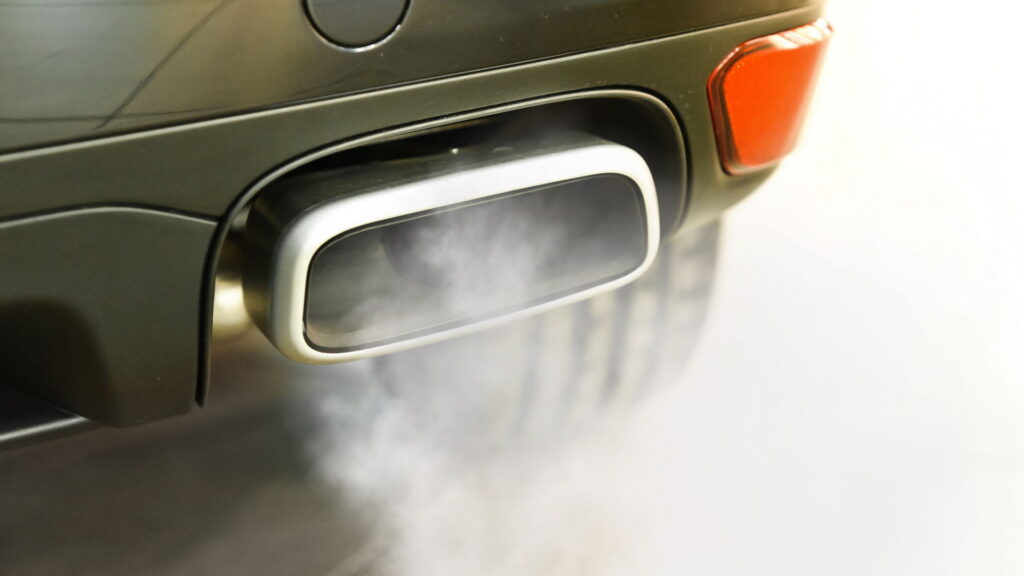The European Commission might have been too optimistic in their estimates about the added cost to vehicles due to Euro 7 regulations. A new study commissioned by the European Automobile Manufacturers’ Association (ACEA), suggests the actual numbers are 4 to 10 times higher depending on the vehicle segment.
More specifically, according to the Frontier Economics study, the direct cost per vehicle for ICE-powered cars and vans is €1,862 ($1,997) for petrol and €2,629 ($2,820) for diesel, which are 10 and 5 times higher respectively compared to the official estimates. Similarly, the Euro 7 upgrade cost for trucks and buses with diesel engines is a staggering €11,707 ($12,555) per vehicle, or 4 times higher than the number originally suggested by the European Commission.
More: Germany And EU Agree To Protect Internal Combustion Engines After 2035 With E-Fuels

The study estimates the direct cost of vehicle production that is needed for equipment and investments which means that the actual price increase for the consumer will be even higher. Furthermore, industry experts estimate that Euro 7 engines could bring an increase in fuel consumption by 3.5%, equivalent to an extra €650 ($697) for cars and vans and €20,000 ($21,452) for long-haul trucks throughout the vehicle’s lifetime.
Last year, VW boss Thomas Schäfer stated that the cost required for a car to meet the more stringent Euro 7 regulations could reach up to €5,000 per vehicle. This increased cost would effectively render ICE-powered city cars and superminis obsolete. Similarly, Skoda CEO Klaus Zellmer recently commented that a vehicle currently priced at €15,000 could be priced between €18,000 and €20,000 in the Euro 7 era. As a result, several automakers have begun withdrawing their combustion-engined cars from smaller segments in favor of more profitable electric vehicles (EVs).
ACEA notes that the EU currently has “the most comprehensive and stringent standards for pollutant emissions in the world” and that with the existing Euro 6/VI the “exhaust emissions are already at a barely measurable level”. For this reason, the automakers’ association believes that Euro 7 is “not the right way” to further reduce emissions as it will have an “extremely low environmental impact at an extremely high cost”. As an alternative solution, ACEA believes the EU should focus on the transition to electrification while replacing older vehicles with highly efficient Euro 6/VI models.
The Euro 7 regulations are scheduled to come into force for all new cars and vans sold in Europe from July 2025 onwards. They require 35% lower NOx emissions and 13% lower tailpipe particulates compared to the Euro 6 levels, plus the addition of electrically heated e-catalysts and an onboard diagnostic system that will continuously monitor emissions.





